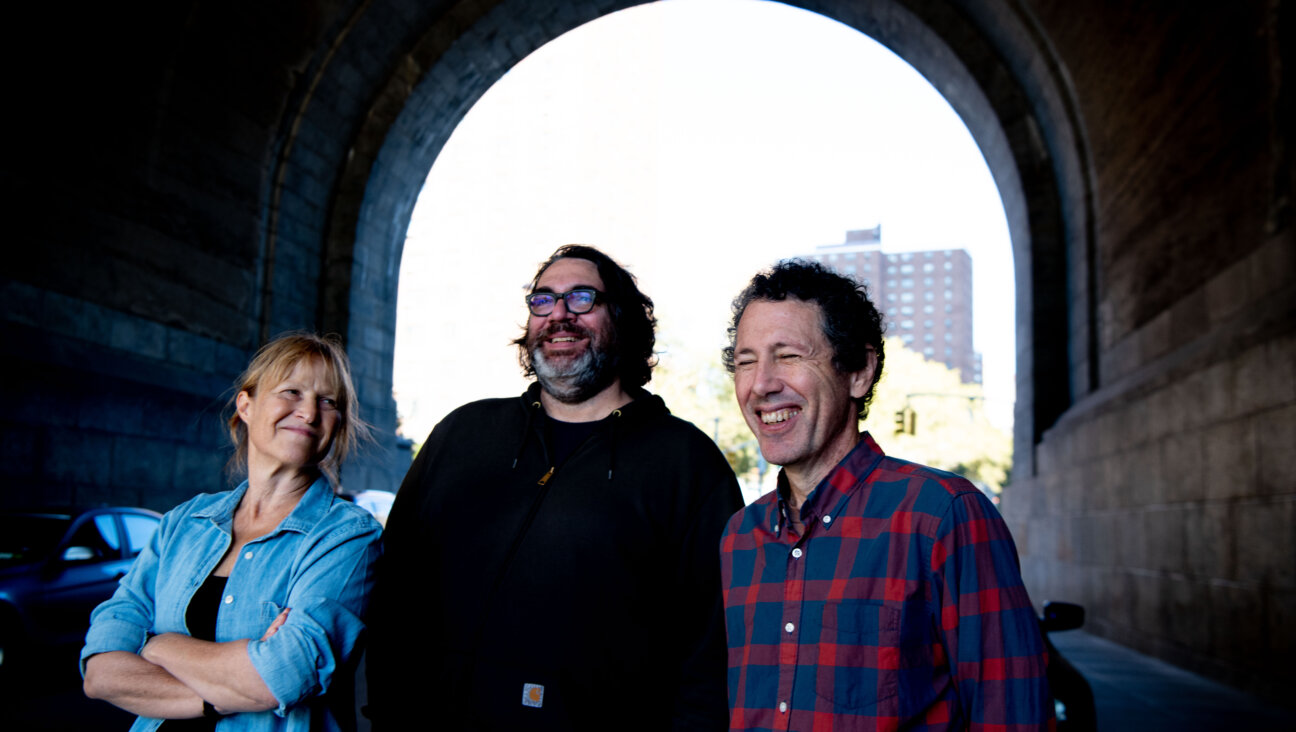The Central Message
Every year at this time in the annual cycle of readings, we are confronted with seemingly endless descriptions of cultic practices, often involving the slaughter of animals, that are for most of us at worst abhorrent and at best — the presentation of bread and cake to God — absurd.
Let me try to put the problem as starkly as possible. Leviticus is the third and therefore the central book of the Torah. Our tradition insists that the Torah is perfect, that every phrase, every word, every detail of semantic construction is to be regarded as intended and capable of teaching us lessons of direct applicability to our lives. But if we are to be at all consistent, then we must expect to find in the central book of the Torah a message of fundamental importance, the central message of the Torah.
We have to find some way of transforming the cultic descriptions in Leviticus in accordance with rabbinic principles so that the descriptions yield a meaning consistent with rabbinic Judaism as it has developed in the 2,000 years since the Temple cult ceased. And this transformation must show us why Leviticus is central.
I will derive the principles of transformation from two proof texts. First, at the beginning of the haftara for this week’s portion, the text that the rabbinic tradition pairs with it to guide our understanding, Jeremiah speaks, and says:
The second proof text is the one commentators assume Jeremiah is referring to, Exodus 19:5, in which, on Mount Sinai, God says to the Children of Israel through Moses:
From these proof texts I deduce two editorial principles of transformation to be applied to the text: First, we must delete all references to animals and sacrifices and altars, since Jeremiah tells us they weren’t commanded at Sinai. Second, every time the word “priest” occurs, we must substitute the word “you” or some equivalent since all of us are to be priests, and so all of us are being addressed.
The first six verses of Tsav (Leviticus 6:1-6) concern the burnt offering, and form a literary unit, as we can see by noting that there is a refrain at the beginning, middle and end of the unit. Applying these editorial principles to the six verses, we are led to edit, for example, the sentence, “This is the law of the burnt offering” to read, “This is the law.” And we edit the sentence, “And the priest shall take up the ashes” to read, “You shall take up.” Here is the result:
This is the law;
and the fire shall be kept burning thereby.
And you shall put on your garments;
you shall put them on your flesh;
and you shall take up [raise]
and you shall put down [lower].
And you shall take off your garments
and put on other garments,
and [you shall] carry forth.
And the fire shall be kept burning thereby;
it shall not go out;
and you shall lay [an object] down,
and you shall make [form; create].
The fire shall be kept burning continually;
it shall not go out.
That’s the transformed text. How are we to understand it? Its essentials turn out to be putting on clothes and taking them off, and picking up an object and putting it down, and moving an object from one place to another, and making or forming something.
The preoccupation is with basic human actions, and the attitude to them that we understand from the context is that they are to be regarded as part of a sacred ritual by which God is worshipped.
And so the transformed message of the central book of the Torah, repeated over and over again with slight variations in relation to sacrifices and offerings of one sort or another, is that, if we are to regard ourselves as a nation of priests, as the inheritors of the priestly tradition, as the inheritors of the sacrificial cult of the Temple, then we must consider the rudimentary human actions specified in descriptions of the Temple cult as part of a sacred ritual.
The message of Leviticus is that human action, not thought, is the central category of the biblical religious conception. Basic everyday human action, and not the grand sweep of our story of origins, is the essential thing. Not the Creation, or the Exodus, not even the story of the revelation on Sinai, but human action, is to be the center of our religious concerns.
And isn’t this, after all, the content of rabbinic Judaism? The mitzvat and the issues debated in the Talmud can be seen, perhaps with the assistance of a little wilful anachronism, as a vast elaboration of this fundamental religious conception. That is why Leviticus is the central book in the Torah.
A message from our Publisher & CEO Rachel Fishman Feddersen

I hope you appreciated this article. Before you go, I’d like to ask you to please support the Forward’s award-winning, nonprofit journalism during this critical time.
We’ve set a goal to raise $260,000 by December 31. That’s an ambitious goal, but one that will give us the resources we need to invest in the high quality news, opinion, analysis and cultural coverage that isn’t available anywhere else.
If you feel inspired to make an impact, now is the time to give something back. Join us as a member at your most generous level.
— Rachel Fishman Feddersen, Publisher and CEO























